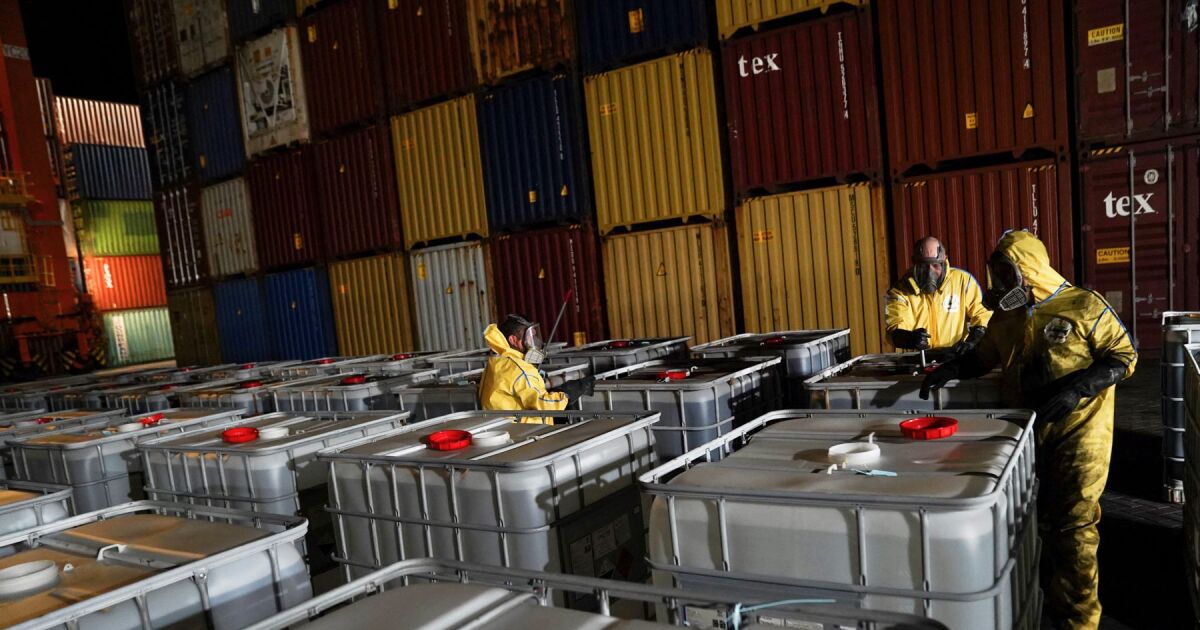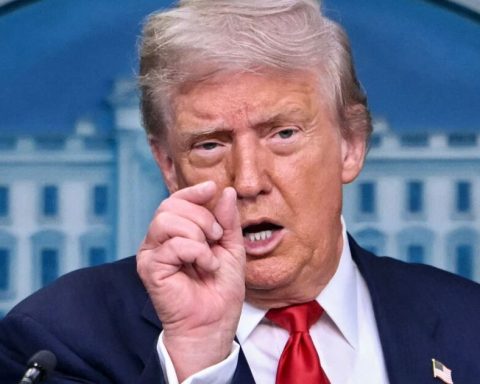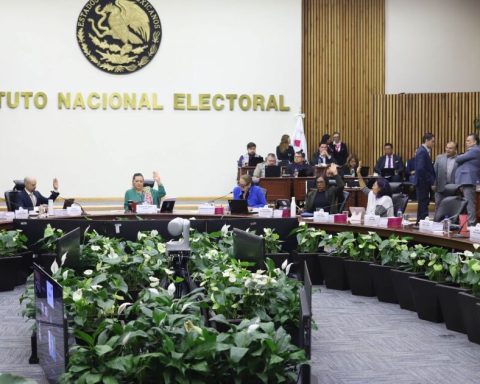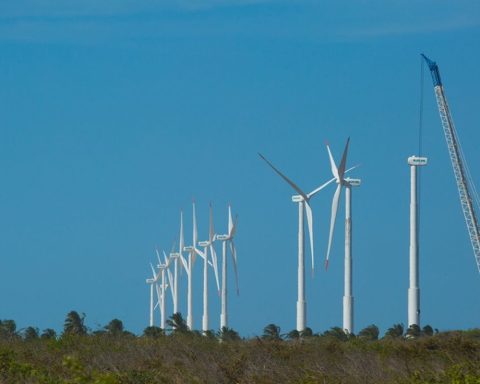“The impact could be especially severe for the countries directly involved, but could also indirectly affect the global cost of energy and shipping routes,” he added.
Global trade in goods fell 1.1% in 2023, weighed down by high inflation and rising interest rates.
In its updated forecast of global data, the WTO revised its forecast for global merchandise trade growth in 2024 to 2.7%, slightly above the 2.6% forecast in April.
Demand for goods was higher than expected in Asia and lower than expected in Europe, he said.
The WTO lowered its 2025 forecast from 3.3% to 3.0%.
WTO chief economist Ralph Ossa told AFP that while there are “risks everywhere” for international trade, “the greatest would be the geopolitical risk” from the conflict in the Middle East.
“If, for example, oil prices rise radically, this will certainly affect the economy and trade,” he said.
However, “it seems that at the moment the markets cannot decide whether they should worry about the risks of supply from the Middle East, or what they should think about demand from China.”
Germany’s weak point
Asian exports should grow this year up to 7.4%, driven by China, Singapore and South Korea, while Japanese exports are stagnant.
On the demand side, Chinese import growth remains moderate, with stronger growth in other Asian economies such as Singapore and Malaysia.
Meanwhile, Europe projects a 1.4% drop in its export volume in 2024. Imports project a 2.3% drop.
“We see Europe weaker than expected and Asia stronger than expected,” Ossa said.
For Europe, much of the burden comes from Germany, he said.
Ossa cited low German exports of vehicles and chemicals, especially organic chemicals.
The German manufacturing sector has been hit by rising energy costs following the Russian invasion of Ukraine and low external demand, compounding its decline.
Mexico and Vietnam, the “connectors”
The WTO forecast highlighted the growing importance of so-called “connector countries” in global supply chains and trade, especially Mexico and Vietnam, followed by India.
These countries have become the connecting route for exports at a time when the trade relationship between China and the United States “has really suffered,” Ossa explained.















